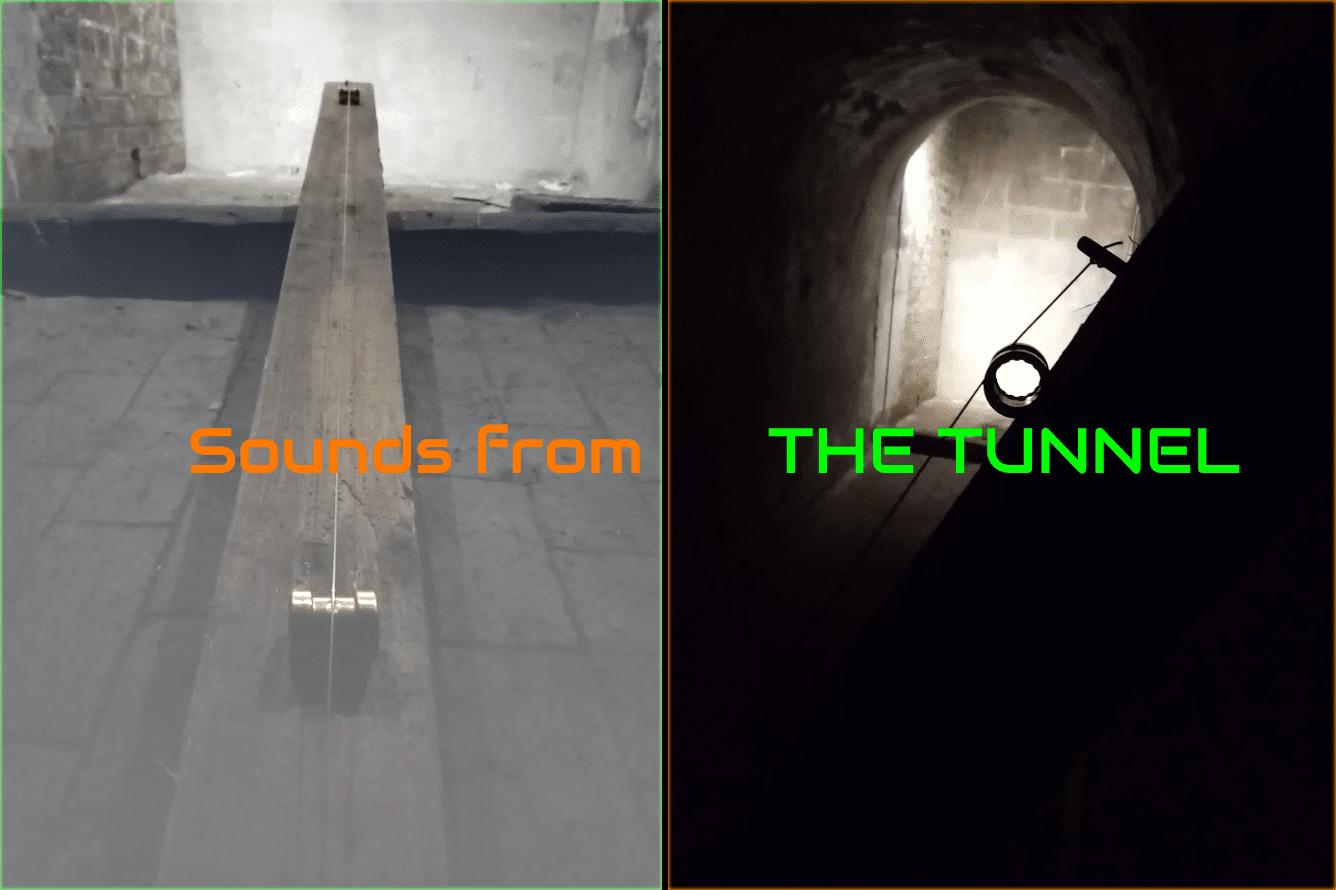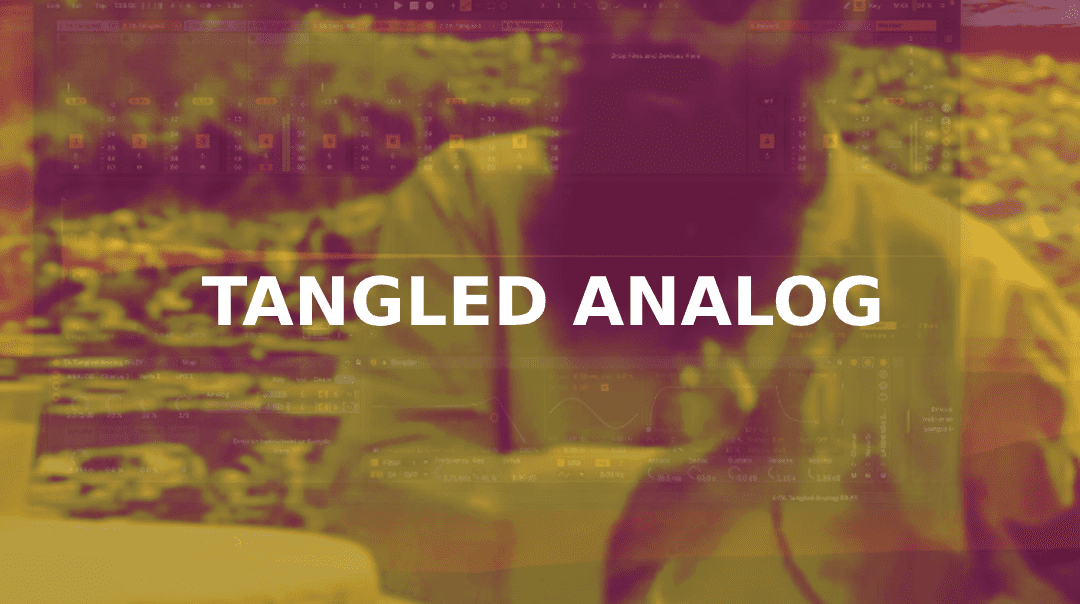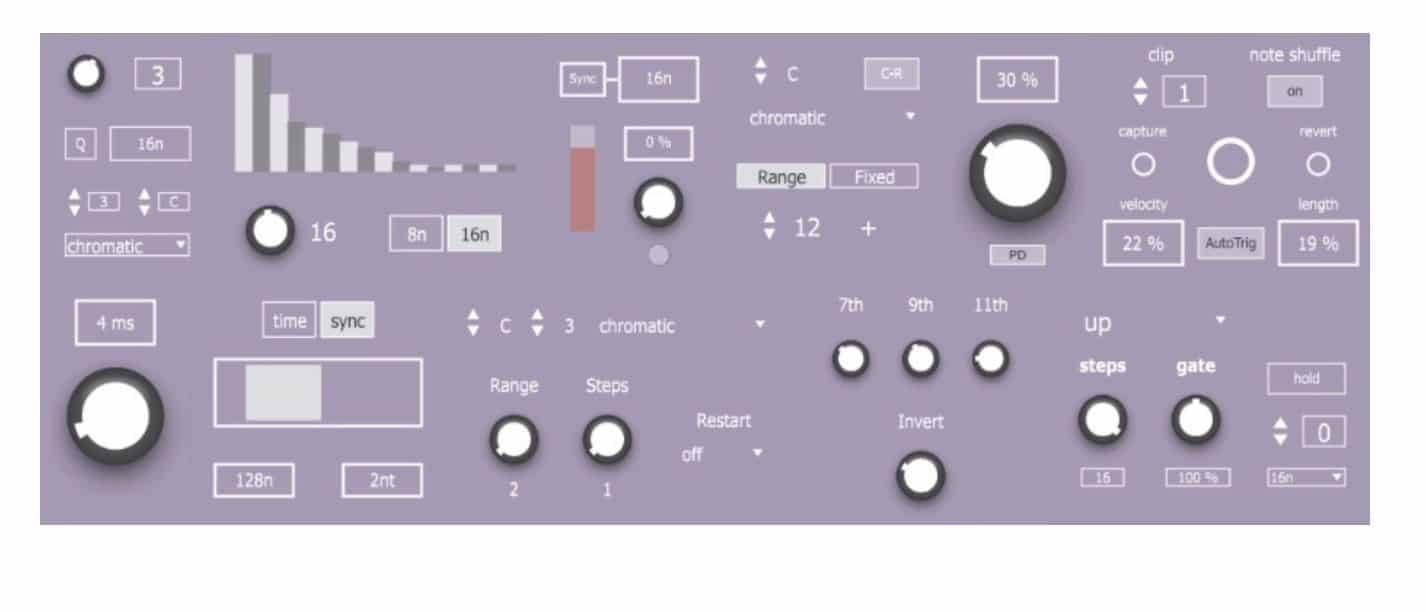Free SOUNDS FROM THE TUNNEL by Nick Dwyer aka Flintpope
Inspired by the Long Wire drone instrument by composer Robert Charles Mann, Nick Dwyer strung a 3m harpsichord string along a beam of wood and recorded it inside a tunnel in The Secret Garden in Kemp Town, Brighton. Rather than going for long and deep drone sounds as used in Long Wire Nick opted for recording light rhythmic, plucked and bowed sessions using a mix of acoustic, piezo and amp techniques.
These are now in a set of 27 Ableton SIMPLER racks in this pack; the tuning is a little blue at times though the racks are generally in Concert Pitch where possible. No FX racks have been used so as to maintain the natural quality of the sounds (with tunnel ambiance) but obviously you can add what you like.
Availability
Download for free by clicking here, but maybe consider supporting Flintpope on Patreon.










